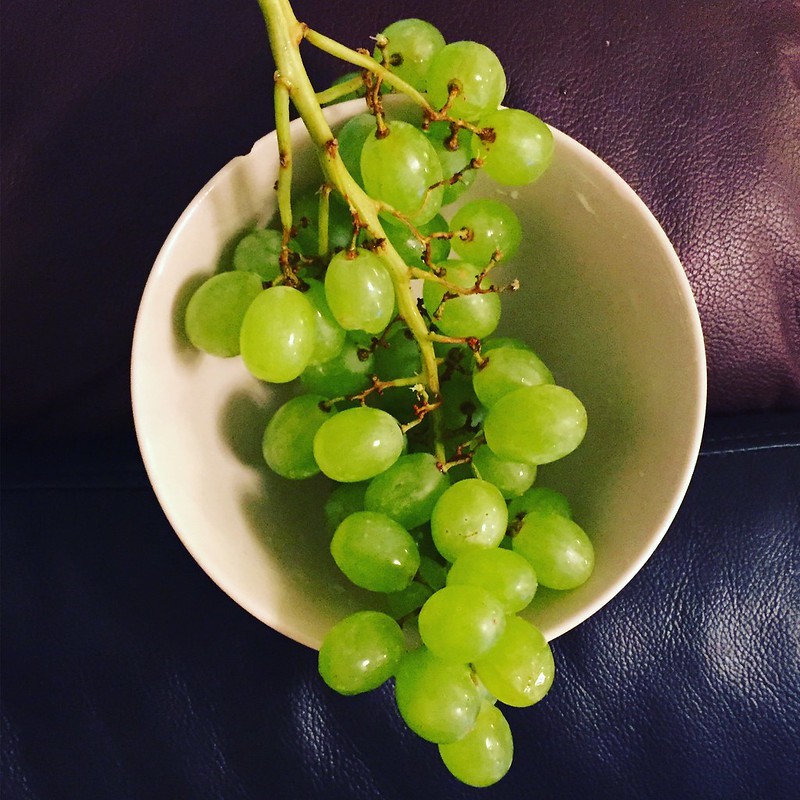ServSafe food managers should be on the lookout for any type of hazard that could cause foodborne illness in their guests. While bacteria is one of the most common causes of illness spread in food, pesticides and chemical residues on fresh produce can also pose a hidden hazard. Is there a guide for Servsafe food managers to identify pesticides on produce, and what steps can a ServSafe food manager take to ensure their finished product is uncontaminated?

The ServSafe Food Manager and Pesticides on Fresh Produce
While the potential exists for some pesticide contamination on all produce that arrives at your restaurant, there are some fruits and vegetables that are more prone to residual pesticides and chemicals than others. Each year, the Environmental Working Group (EWG) identifies their top 15 dirty and clean produce items as far as pesticides are concerned. The 2021 dirt list includes:
- Greens such as kale, collard greens and spinach
- Celery
- Strawberries and grapes
- Peppers and Tomatoes
- Apples, Nectarines, Cherries and Pears
If you notice the grouping of these dirty items, you’ll see there’s no common theme as to how each of these potentially contaminated ingredients is grown. We have greens grown in the ground, berries on vines, vegetables and tree fruits. With such a wide variety of fresh produce making the list, how can a ServSafe food manager ensure his produce is clean?
The first step for a ServSafe food manager is to never assume that your fresh produce is free of pesticides just because of the way it’s been packaged, especially when dealing with greens. Some greens come loose and obviously need rinsing in order to prepare for service, but even clean-looking produce in sealed bags may still be contaminated. An extra rinse won’t damage most greens, so even if the package claims to contain prewashed produce, it’s prudent to rinse before service.
This should hold true for most fresh produce, not just leafy greens. All fruits, vegetables and berries should be properly rinsed before preparation or offered fresh to customers.
The EWG also released a top 15 list of clean produce that has the lowest risk of pesticide contamination, however, low risk does not equal no risk. So wash these fruits and vegetables before service as well.
Do you take steps to reduce the risk of pesticides reaching your guests dining room table?
